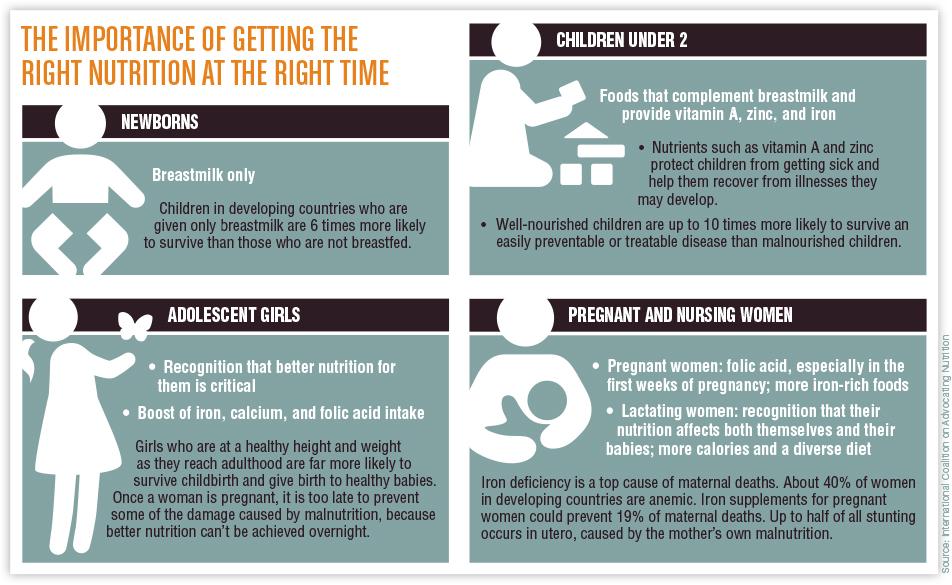In today’s fast-paced world, nurturing a healthy relationship with food for our children is more important than ever. As parents, guardians, and educators, we hold the profound responsibility of guiding young minds towards balanced eating habits that will last a lifetime. However, this journey is often fraught with challenges, from the influence of advertising to the prevalence of fast food. It’s easy to feel overwhelmed, but with empathy, understanding, and practical strategies, we can help children develop a positive connection with food. This article aims to provide you with insightful guidance on how to empower kids to make nutritious choices, appreciate the value of wholesome meals, and foster a lifelong love for nourishing their bodies and minds. Let’s embark on this journey together, with kindness and patience, to lay the foundation for a healthier future for our children.
Understanding Your Childs Nutritional Needs
Every child is unique, and so are their nutritional needs. It’s crucial to recognize that a one-size-fits-all approach doesn’t work when it comes to their diet. As parents, it’s essential to understand the different food groups and how they contribute to your child’s growth and development. Proteins are the building blocks of the body, crucial for muscle development. Carbohydrates provide the energy needed for their active lifestyle. Fats are vital for brain development, while vitamins and minerals support overall health.
- Encourage Variety: Offer a rainbow of fruits and vegetables to ensure a wide range of nutrients.
- Make Mealtime Enjoyable: Turn off screens and engage in family conversations to create a positive dining environment.
- Listen to Their Hunger Cues: Teach them to eat when they’re hungry and stop when they’re full.
| Food Group | Key Benefits |
|---|---|
| Proteins | Muscle growth, tissue repair |
| Carbohydrates | Energy source |
| Fats | Brain development |
| Vitamins & Minerals | Immune support, bone health |
It’s important to remember that teaching kids about nutrition goes beyond just serving them meals. Involve them in grocery shopping and cooking, allowing them to learn about different foods and their benefits. This hands-on experience not only makes them more likely to try new foods but also fosters a sense of responsibility and curiosity about their diet.

Encouraging Positive Food Experiences
Fostering a love for food in children is about more than just what they eat; it’s about how they experience it. Creating a positive environment around meals can make a world of difference in their relationship with food. Here are some ways to make mealtime enjoyable and stress-free:
- Involve Them in the Kitchen: Allow children to help with age-appropriate tasks like washing vegetables or stirring a pot. This not only teaches them valuable skills but also makes them more invested in the meal.
- Celebrate Diversity: Introduce them to a variety of cuisines and flavors. This not only broadens their palate but also helps them appreciate different cultures.
- Model Positive Behavior: Show enthusiasm for trying new foods and eating a balanced diet. Children often mimic the behaviors they see, so your attitude can greatly influence theirs.
To further enhance these experiences, consider setting up a simple routine or table setting that makes mealtime special. For instance, you could have a “theme night” once a week where the whole family participates in creating a meal from a different culture. Here’s a quick example of how you might organize it:
| Day | Theme | Activity |
|---|---|---|
| Monday | Italian | Make homemade pizza |
| Wednesday | Mexican | Taco night with DIY toppings |
| Friday | Asian | Try using chopsticks |
By creating these engaging and positive food experiences, you’re setting the stage for children to develop a healthy, lifelong relationship with food.

Creating a Balanced Meal Plan Together
Developing a healthy relationship with food starts with understanding the importance of balance and variety in meals. Engaging children in the process can transform mealtime into a fun, educational experience. Here’s how you can work together to create meals that are both nutritious and appealing.
- Involve Kids in Meal Planning: Encourage children to participate in selecting ingredients and recipes. This not only boosts their interest but also gives them a sense of responsibility.
- Emphasize Variety: Teach kids about the food groups and the benefits of incorporating a colorful array of fruits and vegetables. Explain how each food group contributes to their health.
- Portion Control: Use visual aids like portion plates to help kids understand appropriate serving sizes. This can prevent overeating and ensure they get all the necessary nutrients.
| Food Group | Examples | Benefits |
|---|---|---|
| Fruits | Apples, Berries | Vitamins, Fiber |
| Vegetables | Carrots, Spinach | Minerals, Antioxidants |
| Proteins | Chicken, Beans | Muscle Growth, Repair |
| Grains | Rice, Whole Wheat Bread | Energy, Fiber |
| Dairy | Milk, Cheese | Calcium, Vitamin D |
By making meal planning a collaborative activity, children are more likely to enjoy their meals and appreciate the effort that goes into maintaining a healthy lifestyle. It’s a wonderful opportunity to instill lifelong healthy eating habits while nurturing their independence and creativity.

Addressing Emotional Eating with Compassion
Emotional eating is a common response to feelings of stress, boredom, or sadness, and it can affect children just as much as adults. Instead of criticizing or dismissing these behaviors, it’s crucial to approach them with compassion and understanding. Encourage open conversations with your child about their feelings and help them recognize the difference between physical hunger and emotional hunger. Creating a safe space for them to express their emotions can reduce the reliance on food as a coping mechanism.
- Acknowledge Feelings: Validate their emotions without judgment. Statements like “I understand you’re feeling upset” can make a big difference.
- Model Healthy Behaviors: Demonstrate how you cope with emotions in healthy ways, such as through exercise or creative activities.
- Create a Supportive Environment: Keep a variety of healthy snacks available and involve your child in meal planning to foster a positive relationship with food.
| Emotion | Suggested Activity |
|---|---|
| Sadness | Art or Craft Projects |
| Anger | Physical Exercise or Sports |
| Boredom | Reading or Puzzle Solving |
By building awareness around emotional eating and offering supportive alternatives, you can guide your child towards a more balanced and healthy relationship with food. This journey requires patience and empathy, but with consistent effort, children can learn to navigate their emotions in a way that doesn’t rely solely on eating.








































